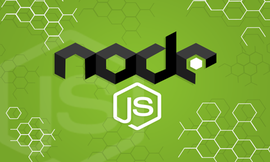泛式路由分析
要想把泛式路由的特性,加入到系统中,第一个想到的是修改App.js文件的两个方法:
App.prototype.get = function(route,handle){
this._route_get_handles[route] = handle;
}
App.prototype.post = function(route,handle){
this._route_post_handles[route] = handle;
}上周末加入了简单的路由功能,对GET/POST进行了分离处理,也就是说 app.get("/abc") 和 app.post("/abc") 是不同的,stuwebfk框架会根据get或post方法智能判断路由到的处理器。那么,即使是泛式,也必然会分两个仓库对象,保存路由和其处理函数。还是使用原有的 this._route_get_handles 和 this._route_post_handles 不过,以前是map格式,现在要修改成数组对象。
修改后的代码是:
App.prototype.get = function(route,handle){
this._route_get_handles.push({route:route,handle:handle})
}
App.prototype.post = function(route,handle){
this._route_post_handles.push({route:route,handle:handle})
}当有客户请求时,会判断是GET还是POST方法,然后循环this._route_get_handles或this._route_post_handles的数组,找到匹配的路由,然后调用该路由的处理器handle即可,找不到就发送 404 。
分析就到这里,下节实际编码,并实现泛式路由功能。





